It really has been quite some time since I last wrote to you!
I’m sorry.
Since we last spoke, I’ve travelled about Spain, opened a new clinic, and spent a crazy few months working on a Cornish cider farm. It’s been a pretty hectic time, requiring an enforced period of rejuvenation, far away from the noise of social media, emails, and newsletters.
That said, some really good things have come out of these “away from desk” adventures, so after a long pause it’s back to business, and today I’ve got some really fascinating (and more importantly - free!) herbal nuggets to share with you.
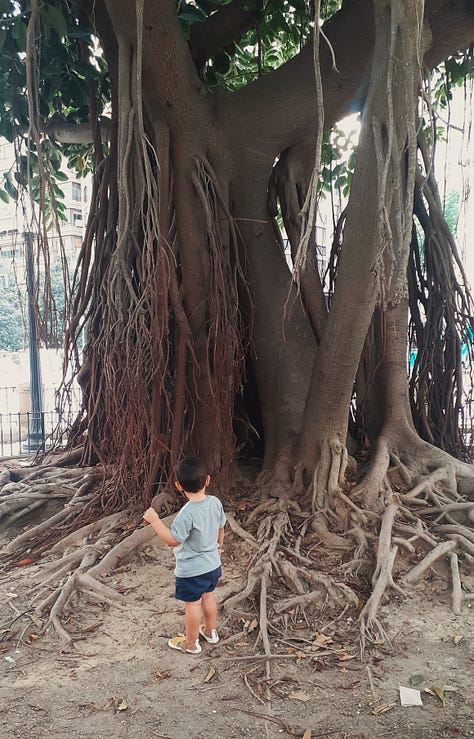
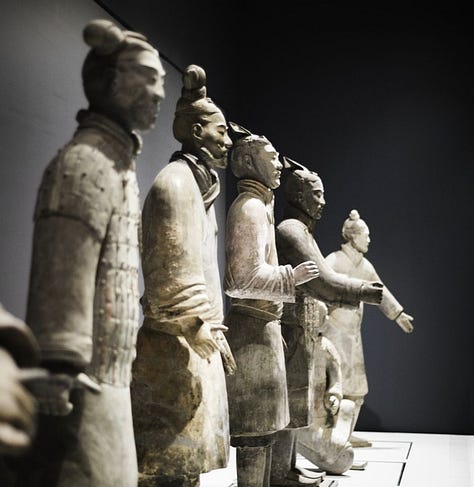

I’m simply itching to share - put the kettle on and lean in.
The Marvellous Story of Florence White
I was recently shocked by a morning TV show phone in, the topic of which was the apparent shortage of cough medicine currently available at the chemists.
It appears that the number one brand of immune support here in the UK Sambucol (an over the counter, commercial elderberry syrup) had been out of stock for several weeks, and callers were ringing with frenzy about what they should do if (Heaven forbid!) they, or any members of their family should happen to fall prey to the dreaded common cold.
Knowing how easy it is to make simple and effective cough and cold remedies for yourself at home, I was amazed to see the GP on the panel give a demonstration of how to prepare a drink of hot lemon and honey for a sore throat.
Really? People don’t know how to do that?
This is the very same question that Florence White asked herself in 1928.
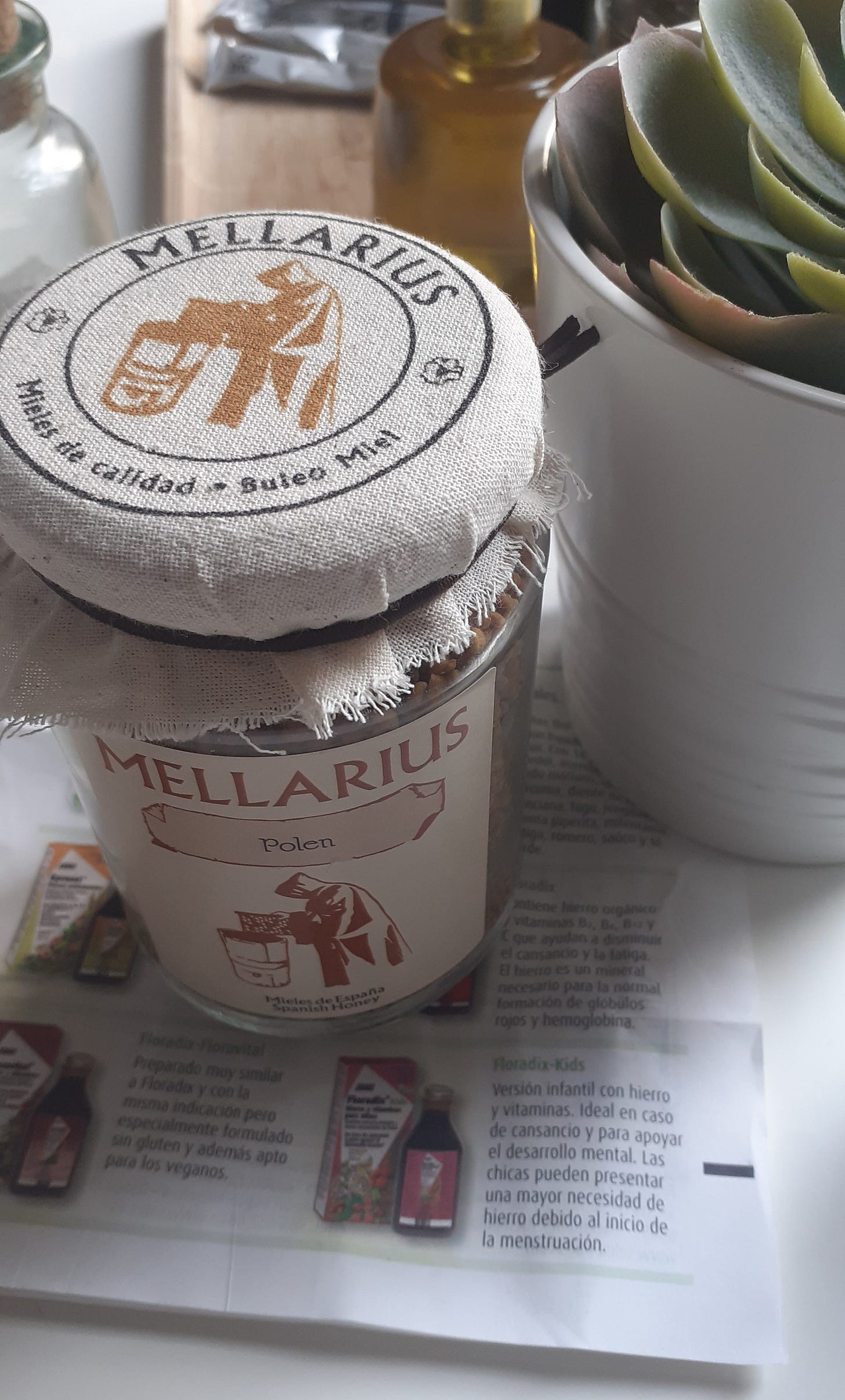
The English Folk Cookery Association
The story of Florence White is a truly inspirational tale.
Florence lost her mother at the tender age of 6. Just one year later, she was partially blinded. Her father soon remarried, and her stepmother convinced her she would never succeed in life as she only had one eye.
But Florence was a very resourceful child. She occasionally visited her aunts, Louisa and Harriet, who in the 1850s, were the proprietors of the Red Lion Inn, at Fareham. It was here that Florence learned how to cook the very best of English food using locally grown vegetables and meat from hand reared animals. The meals were delivered to nearby country houses, where she was shocked to learn that most of the women who lived there didn’t even know how to cook a potato.
This 18 year old woman knew that:
Garlic soup is a very powerful food to help prevent infections
Drinking good quality apple cider vinegar will soothe an upset stomach
Mint leaf tea can help un-bung a stuffy nose
Can you imagine a world where all 18 year olds know this as a matter of fact?
By the time she was 60, Florence was working as a freelance journalist, specialising in cookery. Her work involved researching recipes in the British Museum Reading Room and the Patent Office Library. She wrote for a number of newspapers, with the goal of “restoring England’s cookery to it’s former high standard.”
It’s women like Florence that have inspired me to collect heirloom herbal recipes and share them with whoever will read them. I like to think that we nurture a similar goal, in that my newsletter might in some small way help to restore the practice of herbal medicine in the home to it’s former popularity.
I highly recommend seeking out a copy of Florence’s recipe book “Good Things In England” a compendium of 853 regional recipes dating back to the 14th Century. Or perhaps, (if you feel called) support my own archive of English herbal legacy by becoming a paid subscriber to this newsletter.
In it, I like to discuss interesting things like Do plants go to sleep? Where can you find the oldest trees in the world? Can perfume be a medicine?
You’ll also find a number of practical medicine making tutorials such as How to make a mushroom tincture, and instructions for creating your own range of DIY flower essences.
Nature resources for everyone to enjoy
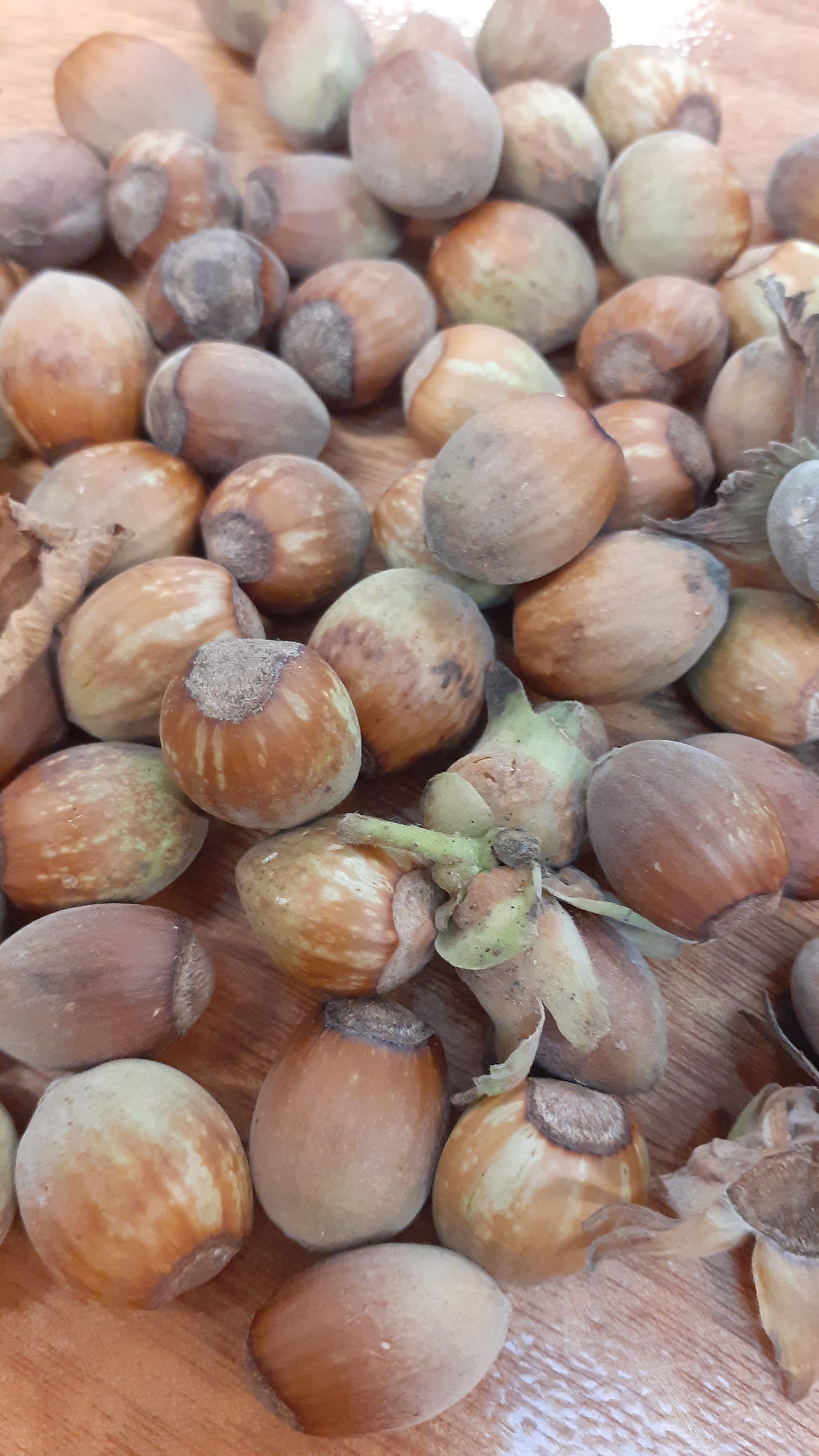
During my time digging around for some new herbal resources to share with you, I stumbled across this gorgeous collection of wildlife recordings which are available for free from the The British Library.
Established in 1969, the collection holds more than 240,000 scientifically organised and documented field recordings of birds and other animals, some of which are rare or threatened in the wild. Even more excitingly, the collection also includes atmospheric and environmental recordings from various habitats, including temperate woodlands, tropical rainforests, deserts and coastlines, and other natural sounds such as waterfalls, rivers, rainfall and thunder. It really is a gorgeous archive to relax and chill out to.
For those of you with children who love the outdoors, I also found this great resource which is published for free by The Woodland Trust. On their website you’ll find a number of nature related games aimed at helping youngsters (and adults too!) to identify native British trees from their leaves, twigs and fruits. Their downloadable leaf identification dial is also a really great tool to take out on woodland walks.
What can you learn about a person’s health from their physical appearance?
The last couple of resources I wanted to share relate to my work as a herbal practitioner. I know that there are some newsletter readers who also work in the field of holistic medicine, and so I wanted to share some discussions that may be of interest. That said, you don’t have to have any particular knowledge of Naturopathy or Herbalism to find these topics fascinating. They’re all things that can be helpful in everyday life.
Over the course of my 13 years as a herbal practitioner, I’ve discovered that you can learn quite a lot about a person’s wellbeing by paying close attention to their appearance.
As a child, I remember my GP asking me to pull out my tongue and say “aaaah” and taking the time to note the colour of my complexion or take my pulse. Perhaps due to time constraints, or the fact that these observational skills are no longer prioritised on the medical teaching curriculum, far fewer professionals place much weight on these sorts of diagnostic skills today.
On the other hand, herbalists have a long history of using physical examinations such as tongue, pulse and iris diagnosis to learn more about a person’s inherited genetic blueprint and constitutional health. These skills are especially useful for spotting subtle signs that can indicate one’s health has gone out of balance.
If this kind of thing piques your interest, here are a few interesting resources for your perusal.
Chinese Face Reading
I stumbled across this fascinating talk about the art of Chinese face mapping on
She has some really nice posts on the topic of natural health which may be of interest to practitioners. I encourage you to check out her Substack.Iridology
If you’ve been reading this newsletter for a while, you’ll probably be aware that during Covid times, I spent many happy hours researching the wonderful world of Iridology. This eventually culminated in my now published work on the topic. In this conversation with the Association of Master Herbalists, I discuss some of the signs that can easily be spotted, without the need for any prior knowledge or expensive equipment.

Thank you!
Thanks so much for taking the time to read today’s (rather long) newsletter. I hope you’ve found something of interest, and might even consider sharing it with another human being who likes this sort of thing.
Over the next few instalments, paid subscribers can look forward to an exploration of the use of Black Stone Flower and a recipe for Smugglers Rum Shrub. If you feel called to upgrade to receive these emails, I’m currently offering 20% off annual subscriptions. That’s just £3.33 per month (less than the going rate for a cup of coffee.)
From Cornwall to your inbox, wishing you all good health and happiness until the next time we meet!


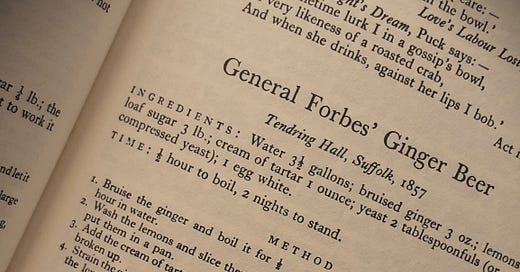


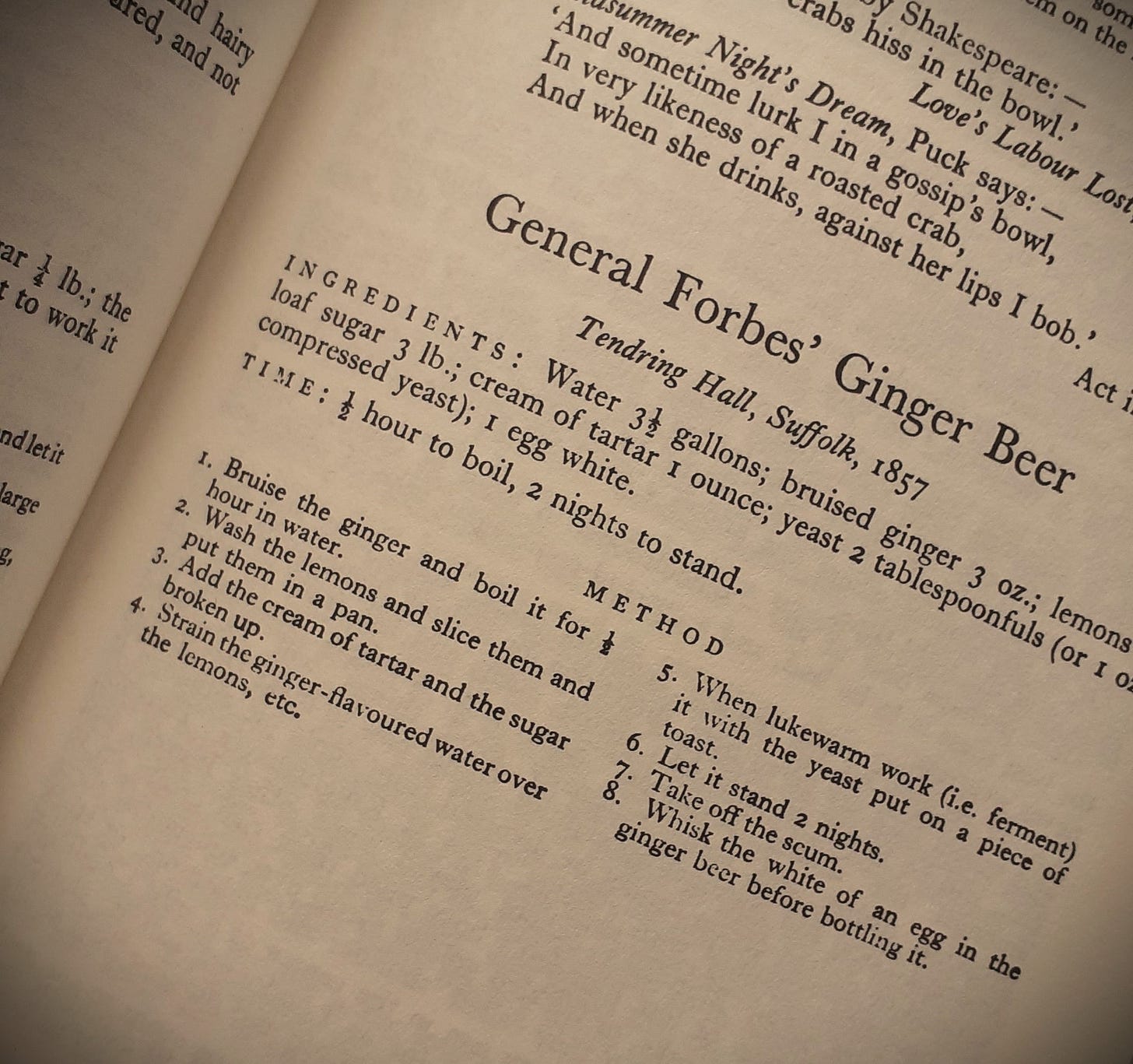
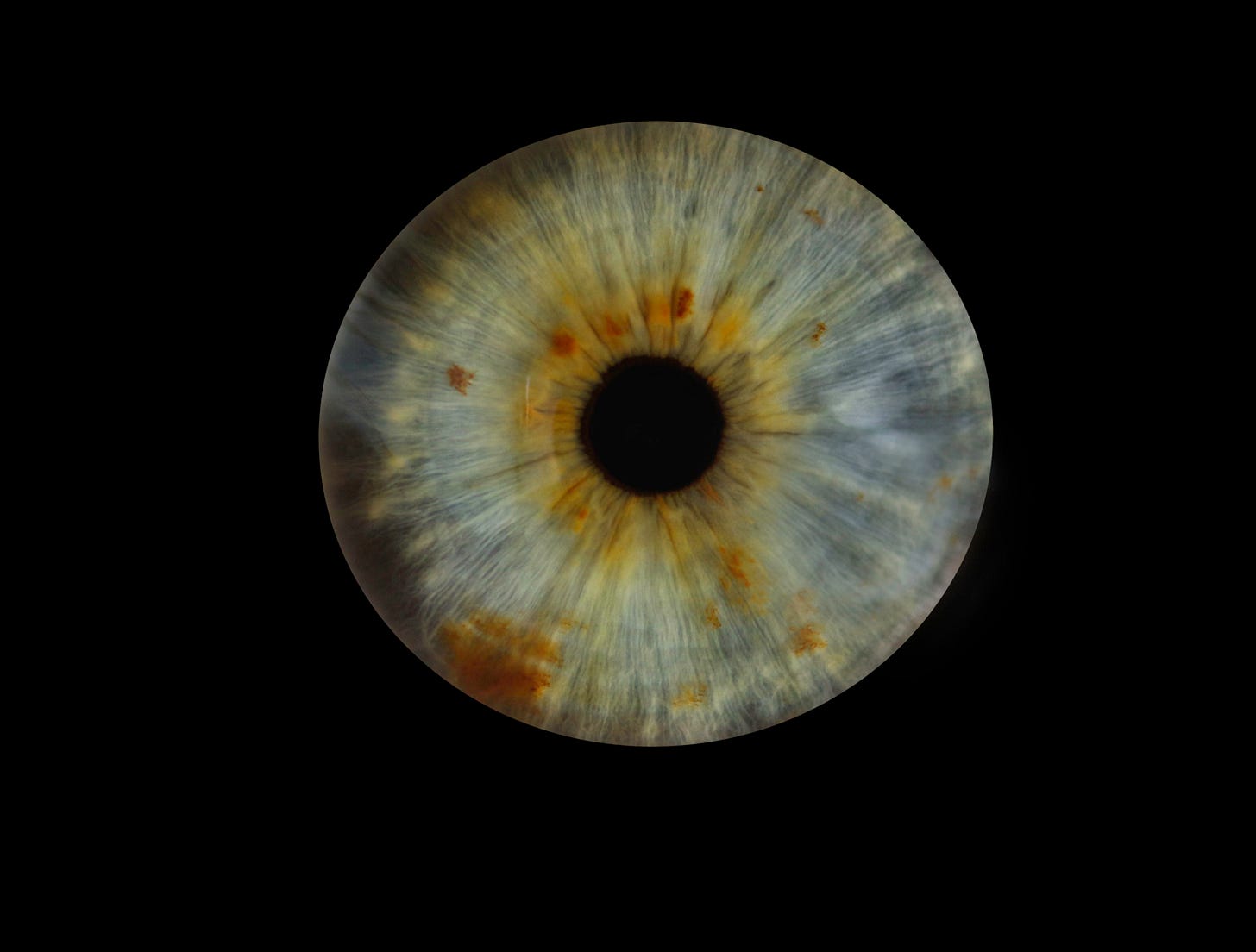
Ah thank you so much for the shout-out!! So glad you enjoyed the talk with Gabrielle as well on face mapping. Sounds like you've had lots of adventures but also excited you've got time to write again, looking forward to learning more about our herbal healers and their medicines!
Was there an decrease in elderberry production this year in the UK, or an increase in demand??
At weedom, (Midwest flyover country, U.S.) ours bloomed too early, then there was a very dry spring and summer, contributing to low yields in our area.